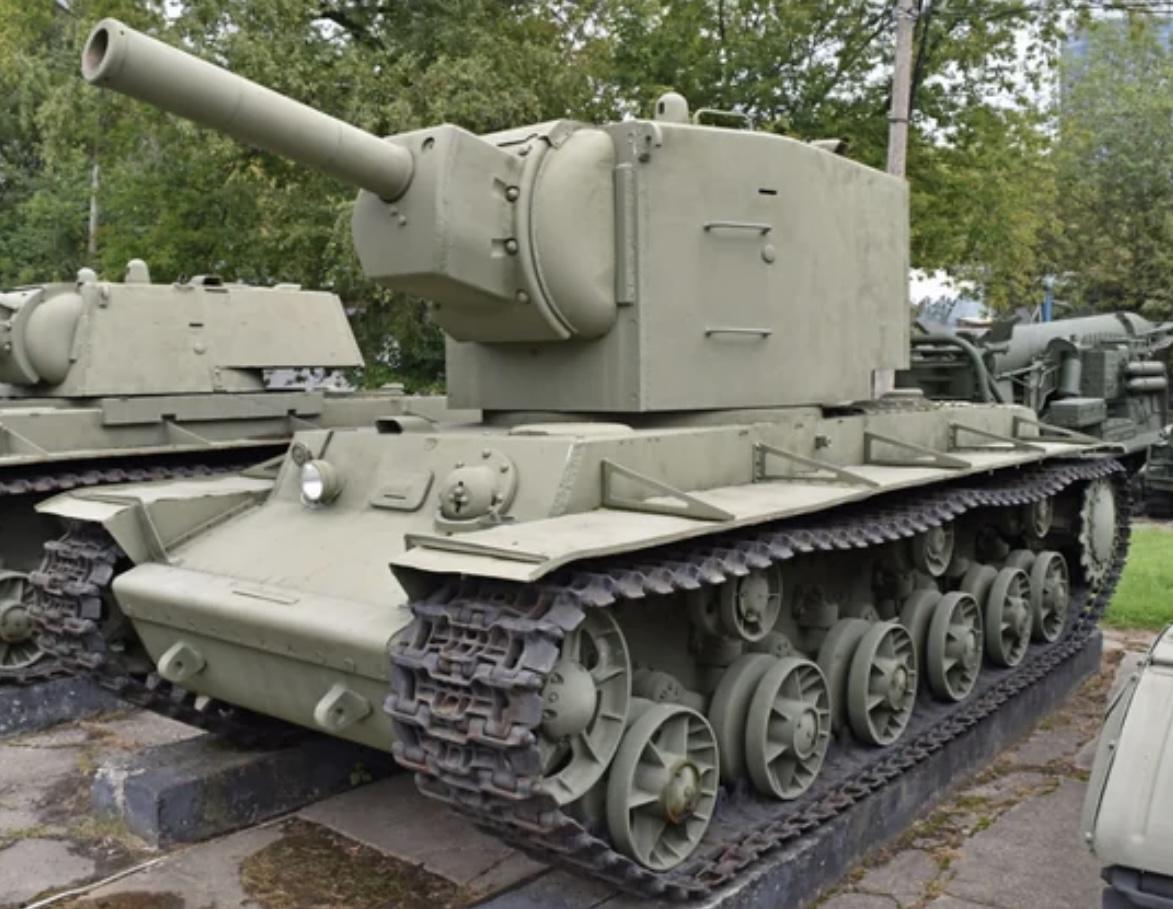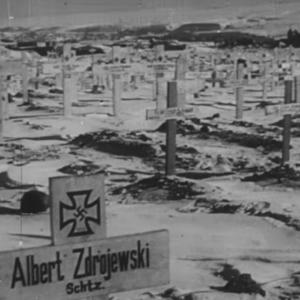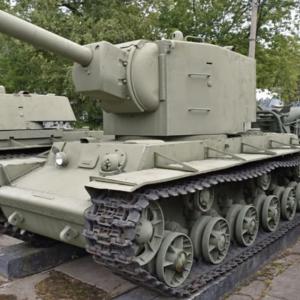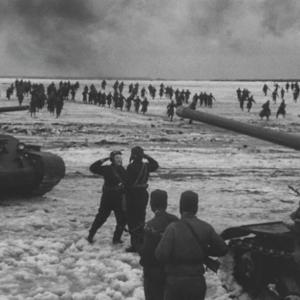
Russian KV -2 Tank
The KV 2 was one of the most distinctive and unforgettable tanks that the Second World War ever produced. It was a Soviet heavy breakthrough assault tank, and like the rest of the KV family it came out of the Kirov Factory design bureau at Leningrad, with the actual production being undertaken by the Kirov Plant itself at Leningrad and briefly at Chelyabinsk after the evacuation. The concept for this machine was born after the Winter War against Finland, when the Red Army found that even its new KV 1 heavy tank was still not optimal for smashing reinforced concrete bunkers in the Mannerheim Line. The answer was not merely a better gun, but the enormous M 10 152 millimetre howitzer mounted in a gigantic box turret. Roughly three hundred and thirty of these beasts were produced in 1940 and 1941 before the chaos of the German invasion halted production.
Everything about that turret was dictated by the gun. The M 10 howitzer was a huge recoiling weapon, with massive breech and heavy recoil mechanism, so the turret needed huge internal volume to allow the gun to elevate, recoil, load, and fire. The KV 2 therefore looked almost like a KV 1 hull with a large steel house bolted on top, because that in effect is exactly what it was. The turret shape was crude and slab sided, because speed of manufacture and internal space mattered more than silhouette or elegance, and armour thickness was robust, with frontal plates reaching around 75 mm on the turret front and similarly thick armour around the hull. The firepower of that short barrelled M 10 howitzer was devastating against fortifications. It fired high explosive shells meant to smash bunkers, embrasures, timbered strongpoints, and field positions into utter ruin. Against infantry it could pulp entire groups with a single shot. Against early war German tanks there was almost nothing in 1941 that could survive a direct high explosive hit from that gun, even if the shell did not detonate perfectly. It was overkill in the truest sense.
Crew size was six men, larger than most tanks, because the handling of big shells and the operation of such a gun demanded two loaders, a dedicated gunner, a commander, a driver, and a radio operator. The crew was busy, the internal volume was crammed, and the ammunition was heavy and awkward. The KV 2 was not a graceful or nimble fighting machine. It was slow to traverse its turret, painfully slow to reload compared to smaller guns, and on uneven ground its tall turret made it unstable to the point that the turret needed to be level for safe firing. Yet on level prepared ground and especially in deliberate assault conditions the KV 2 was magnificent.
The KV 2 was best used exactly in the role it was designed for, smashing heavily fortified defensive lines in the opening moments of an attack. If protected by infantry and if threats were kept at bay while it did its deliberate work, nothing short of heavy anti tank guns could threaten it directly. German accounts in 1941 repeatedly describe the shock of encountering KV tanks, especially those few KV 2s that held road junctions or bridges. Many German anti tank weapons simply bounced off. The KV 2 was however never a universal tank, never a cavalry raider or a fluid exploitation vehicle. It was a specialist siege hammer on tracks, a pre war concept in a war that soon turned all tanks into mobile combined arms tools. But in its very narrow domain the KV 2 was awe inspiring and utterly effective. It burned its image into the mental world of the German soldier in the first months of Barbarossa, a brutal, towering slab of Soviet steel with a gun like a siege mortar, a machine that for a short moment in 1941 embodied the Soviet idea that the bunker line would not merely be flanked or bypassed, but simply erased.










